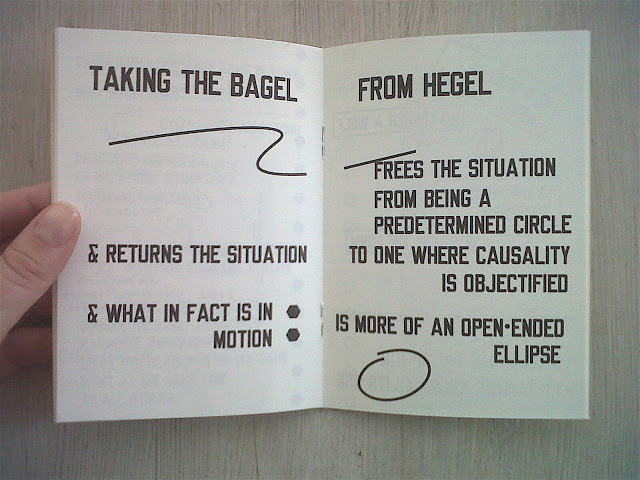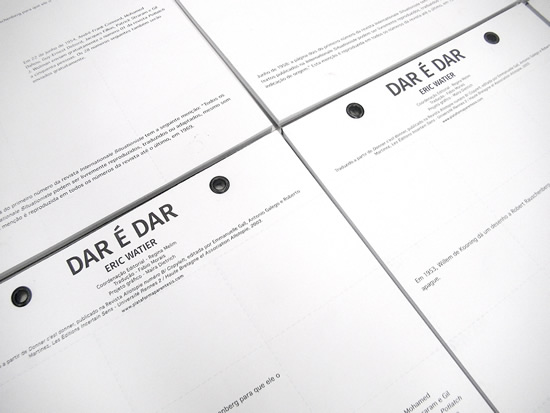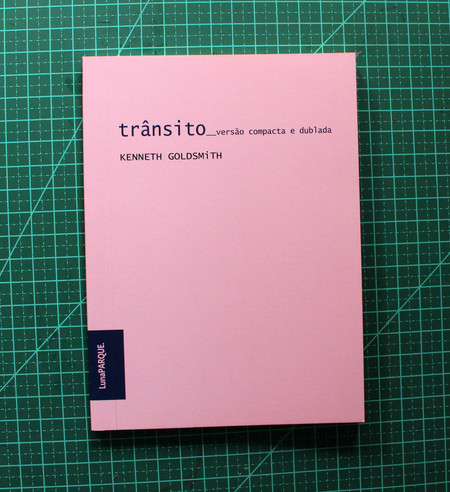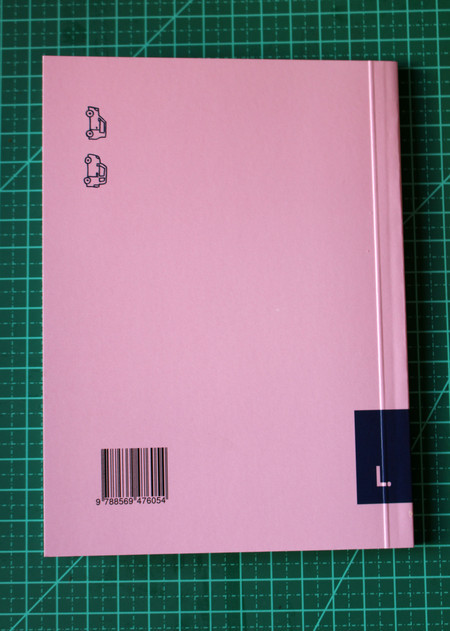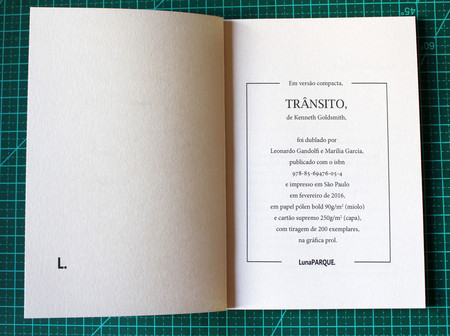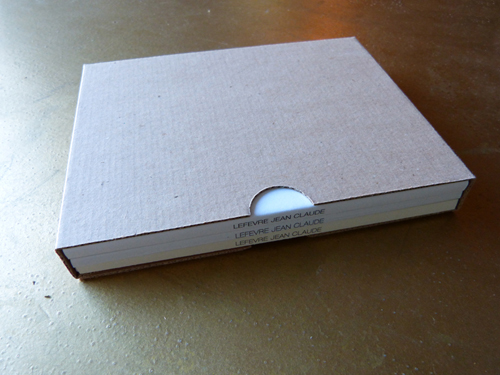
Lefevre Jean Claude
Textes pour suite
Rennes, Éditions Incertain Sens, 2013.
COLEÇÃO contendo os três volumes de Textes pour suite: Pennadoù da heul + Texte zur Folge + Teksty do dalszego ciagu / Texts as Follows
Pennadoù da heul (bilíngue bretão / francês)
[114 p.]
20,7 x 15,7 cm
ISBN 2-914291-05-1
Texte zur Folge (bilíngue alemão / francês)
[130 p.]
20,7 x 15,7 cm
ISBN 978-2-914291-58-3
Teksty do dalszego ciagu & Texts as Follows (bilíngue polonês / francês e inglês/ francês)
[90 p.]
20,7 x 15,7 cm
ISBN 978-2-914291-57-6
Trecho:
MARDI 25 JUILLET 1978, LONDRES.
Dernière exposition, assumée comme telle par André Cadere, chez Barry Barker, 37 Museum Street. À l’aide de mon appareil 6 × 6, photographie, avec son accord, le responsable à son bureau et prends un cliché de l’accrochage : trois vues* en noir et blanc, format 24 × 36, épinglées en ligne sur le seul mur disponible.
[LJC note 2004]
*Document publié en 1983, à l’initiative de LJC Archive dans une brochure non-périodique diffusée par Ghislain Mollet-Viéville et la galerie Durand-Dessert à Paris, puis dans le catalogue d’exposition de 1996, André Cadere, Unordnung herstellen, une publication du Kunstverein de Munich [Dirk Snauwaert, directeur] et du Landesmuseum Joanneum de Graz [Peter Weibel, curator]; photographie recadrée au format paysage.
https://www.sites.univ-rennes2.fr/arts-pratiques-poetiques/incertain-sens/fiche_ljc_coffret_textes.htm



